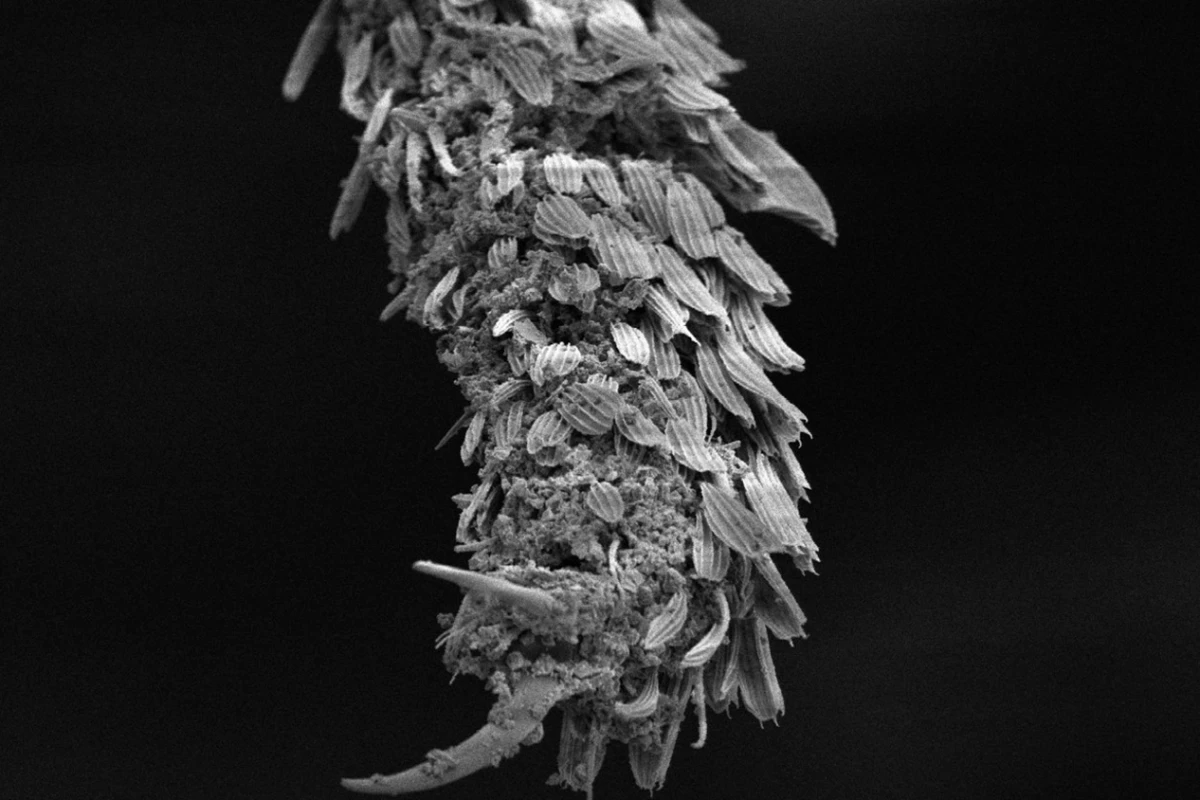A type of volcanic glass, perlite is frequently used as building insulation or a potting soil additive. According to a new study, though, it also works quite well at killing malaria-causing mosquitos.
Presently, people in malaria-prone regions regularly spray insecticides onto surfaces such as the mosquito-proof netting surrounding their beds. While this does kill many of the mozzies that land on those surfaces, the insecticides are toxic both to the people themselves and to the environment.
Seeking a more eco-friendly alternative, scientists from North Carolina State University and the Liverpool School of Tropical Medicine recently trialled a product known as Imergard WP. Manufactured by California-based company Imerys Filtration Minerals, it's a spray made up mainly of water and powdered perlite.
The tests were conducted on four groups of huts in the West African Republic of Benin. The walls of one group were sprayed with Imergard, the walls of another were sprayed with a commonly-used insecticide (pyrethroid), and the walls of a third were sprayed with a combination of the two. The fourth group of huts served as a control, not being sprayed at all.
It was found that the walls treated with Imegard – both on its own and when combined with pyrethroid – initially killed the largest amount of malaria-carrying Anopheles gambiae mosquitos. Six months after application, though, the mortality rate of mosquitos landing on the Imegard-only walls was still up at 78 percent. By contrast, over the same time period, the mortality rate for the pyrethroid-only walls dropped to 25 percent.
The researchers believe that the perlite particles work by clinging to the insects and disrupting the protective lipid layer on their outer cuticle. This causes the mosquitos to dry out, ultimately dying of dehydration.
Additionally, the spray is non-toxic to mammals, it's relatively inexpensive, and mosquitos apparently don't develop a resistance to it.
"The processing of perlite as an insecticide is novel," says David Stewart, commercial development manager for Imerys, and co-author of a paper on the research. "This material is not a silver bullet but a new tool that can be considered as part of an insect vector management program."
The paper was published this week in the journal Insects.
Source: North Carolina State University




